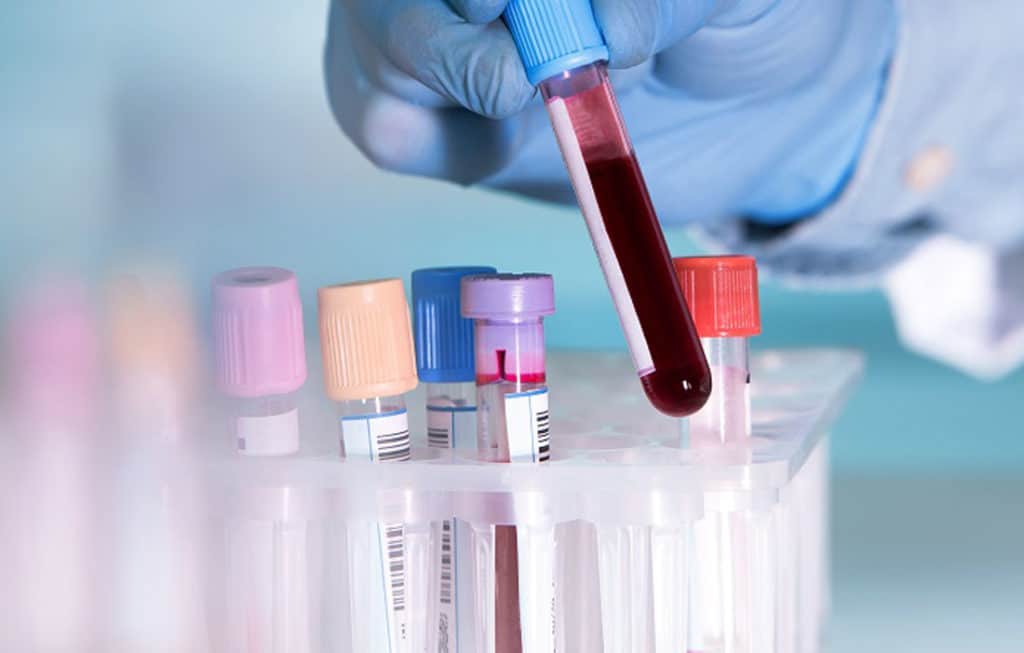Can A Range Of Hidden Cancer Be Detected With A DNA Blood Sample?
Nikki Attkisson | Last Updated : June 28, 2021Could another limited time offer blood test intended to recognize upwards of 50 distinct sorts of malignant growth become an indicative distinct advantage? Indeed, say specialists, who report the strategy seems exact and dependable at distinguishing and finding malignancy, including a few sorts for which there are presently no powerful screening techniques. “The test makes way for another worldview of evaluating people for various malignant growth with a solitary blood test, instead of the current circumstance where we screen for singular tumours,” said study pioneer Dr Eric Klein, administrator of the Glickman Urological and Kidney Institute at the Cleveland Clinic.
Can A Range Of Hidden Cancer Be Detected With A DNA Blood Sample?
The fresh blood test searches for the presence of alleged without cell DNA (cf DNA), an indication of carcinogenic tumours. The most recent round of testing included about 2,800 members previously determined to have malignancy and 1,250 who were sound. The outcomes were emotional, Klein said. “Across all stages [of cancer], the test effectively distinguished when malignant growth was available in 51.5% of cases,” he said. The bogus positive rate – which means the recurrence with which a test mistakenly recognized sickness when there wasn’t any – was simply 0.5%, Klein added.

Separated stage by stage – with stage 1 being the early illness and stage 4 being extremely cutting-edge malignancy – the blood test conveyed obviously better outcomes for some other time stage infection. For instance, across all malignant growths, Klein said, the blood test had an “affectability rate” of 90.1% with stage 4 disease. That figure plunged to 77% for stage 3 malignancy; 40.4% for stage 2, and 16.8% for stage 1. In any case, Klein highlighted the test’s worth as a method for finding diseases that escape every one of the analytic apparatuses now accessible. Among those are tumours of the throat, liver and pancreas.
Across all phases of sickness, the new test really had a far higher affectability rate with subtle tumours than with ones for which there are as of now successful screening devices. For instance, the test had an affectability pace of 33.7% in diagnosing all-stage bosom, inside, cervical or prostate disease, which can all be screened by different methods. Yet, that figure leapt to 65.6% with difficult to-spot oesophagal, liver and pancreatic diseases. At last, Klein’s group inferred that the test is both precise and valuable enough to be sent as an evaluating instrument for people who are at high danger for malignancy – including those age 50 and up – regardless of whether side effects emerge. The discoveries were distributed on June 25 in the Annals of Oncology. Chalice, Inc. – the Menlo Park, Calif.- based test producer, which subsidized the examination – has made the blood test accessible on a solution premise.
The quick objective is to add to, instead of supplanting, accessible tests. For the present, it is intended to enhance standard screening tests, like colonoscopy, mammography and the prostate-explicit antigen test, Klein said. Subsequent to assessing the investigation results, Dr Julie Gralow, a boss clinical official of the American Society of Clinical Oncology, portrayed the discoveries as “energizing” yet advised that the test is “not yet good to go.” “The affectability of the [test] for the most punctual stage tumours – like stage 1 – is low,” she said, and that is the place where passing rates can best be diminished. “Having the option to recognize a malignancy that is now clinically clear – which is the number of the disease patients in this investigation were distinguished – isn’t what we need or need,” Gralow said. “We need a [test] that will identify malignancy before it is self-evident, or on account of those diseases for which we have screening before a mammogram will see it, for instance.” Simultaneously, Gralow said the new screening approach is extraordinary, given “that it can test for many malignant growths with one blood draw, and it is utilizing circling disease DNA to recognize the presence of disease.”
With over 15 years as a practicing journalist, Nikki Attkisson found herself at Powdersville Post now after working at several other publications. She is an award-winning journalist with an entrepreneurial spirit and worked as a journalist covering technology, innovation, environmental issues, politics, health etc. Nikki Attkisson has also worked on product development, content strategy, and editorial management for numerous media companies. She began her career at local news stations and worked as a reporter in national newspapers.
